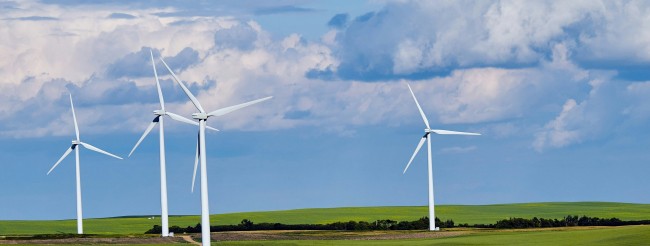In a clean energy future, the power system will have a high quantity of renewables, adequate levels of storage and the ability to smooth out variations in output from wind and solar power.
In order to cost-effectively supply the population with the electricity services needed for sustainable development, many elements must work together. Both supply and demand will need to adjust to a new and diverse energy mix. This includes scaling demand-side management; building new energy storage capacity; investing in modern, efficient power grids; and recognizing the importance of a more decentralized, flexible set of power assets, such as rooftop solar photovoltaic (PV).
Adding more transmission and distribution infrastructure is an urgent priority, not only to connect those areas currently lacking reliable electricity, but also to move power from one location to another to improve reliability.
Europe could achieve very high proportions of renewables with only around 25% more transmission infrastructure than what is available today. Africa and Asia may also adopt renewable energy based on micro and mini power grids with storage, if extending power lines is too costly in the short term.
Major changes are also needed at the demand-side of the power sector. Demand-side response (DSR) — the ability of electrical utilities to control and shift demands in real-time — is one of the most effective tools in stabilizing the variability in renewable energy. DSR techniques have existed for decades but new technologies make them more attractive, and they now need to be rolled out widely and across the world.
Transitioning to zero-carbon power requires us to be able to store electricity, and also rethink how we manage our power grids and demand.
Energy storage technologies will also play a crucial part in the future energy system, though their environmental risks will need to be carefully considered and managed. Currently, there are around 180 gigawatts (GW) of storage deployed on grids around the world, the majority (94%) of which is pumped hydropower.
Due to the lack of sufficient technical potential in some regions and environmental and geopolitical concerns of pumped hydro, alternative storages need to be developed rapidly, particularly battery storage and green hydrogen.
Additionally, pumped hydro is threatened by climate change, as droughts and a shortage of rainfall reduce water availability for energy and storage purposes. Model results from the International Energy Agency (IEA) suggest an over 35-fold increase in battery storage capacity is needed to meet net zero by 2050.
Scaling up efforts on power transmission and distribution, DSR and storage will require new policies to mobilize capital for new infrastructure, but also create the market conditions for demand management programs and technological innovation.
Avoiding the worst impacts of climate change will require a drastic shift as the world moves from fossil fuels to carbon-free electricity.


